USDA Prime Bone-in Ribsteak
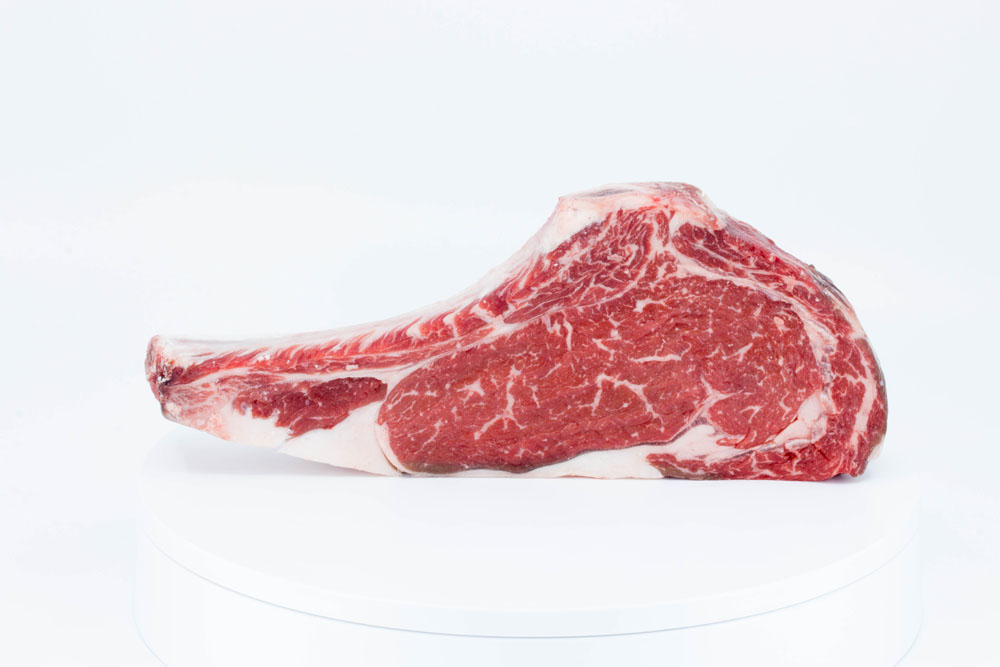
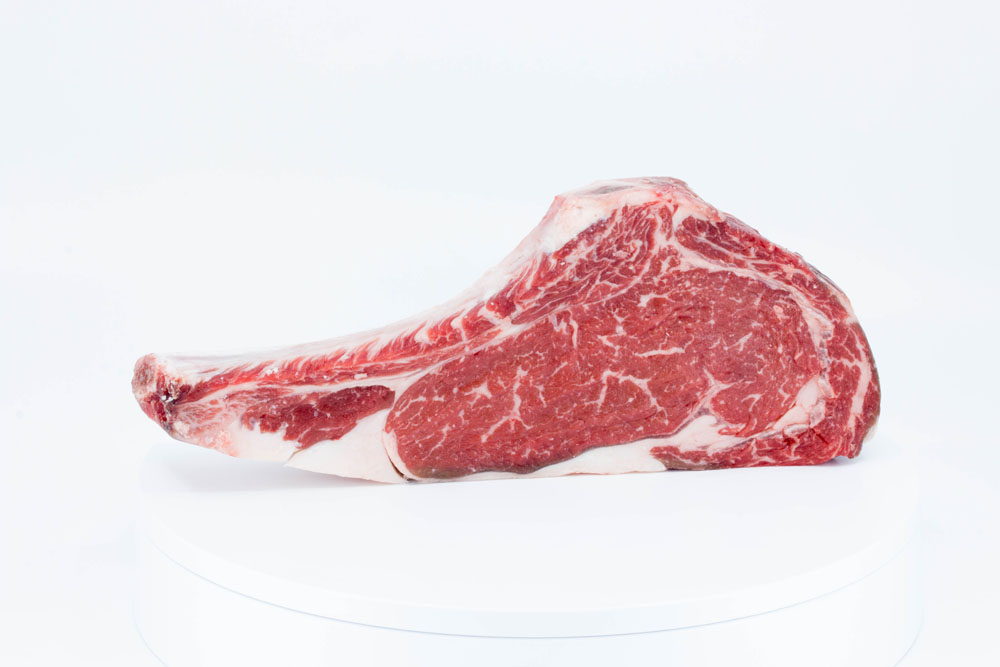
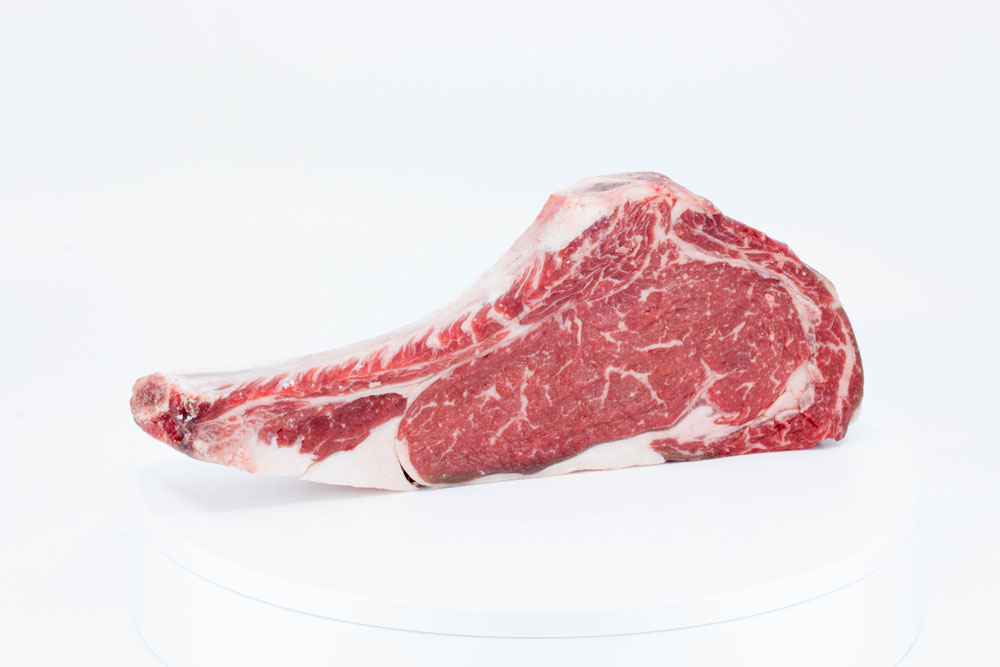
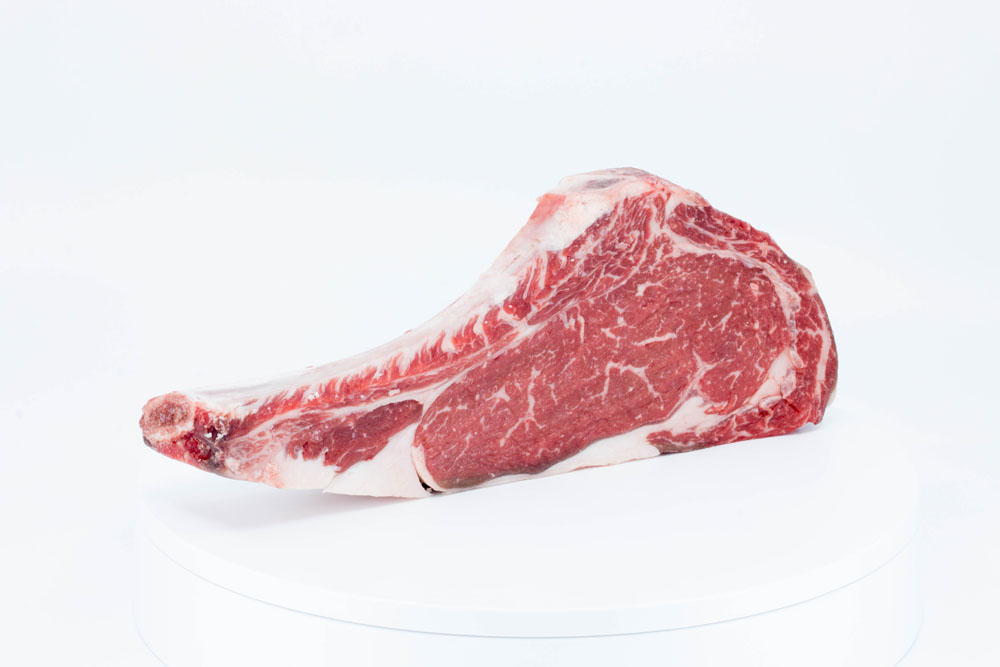
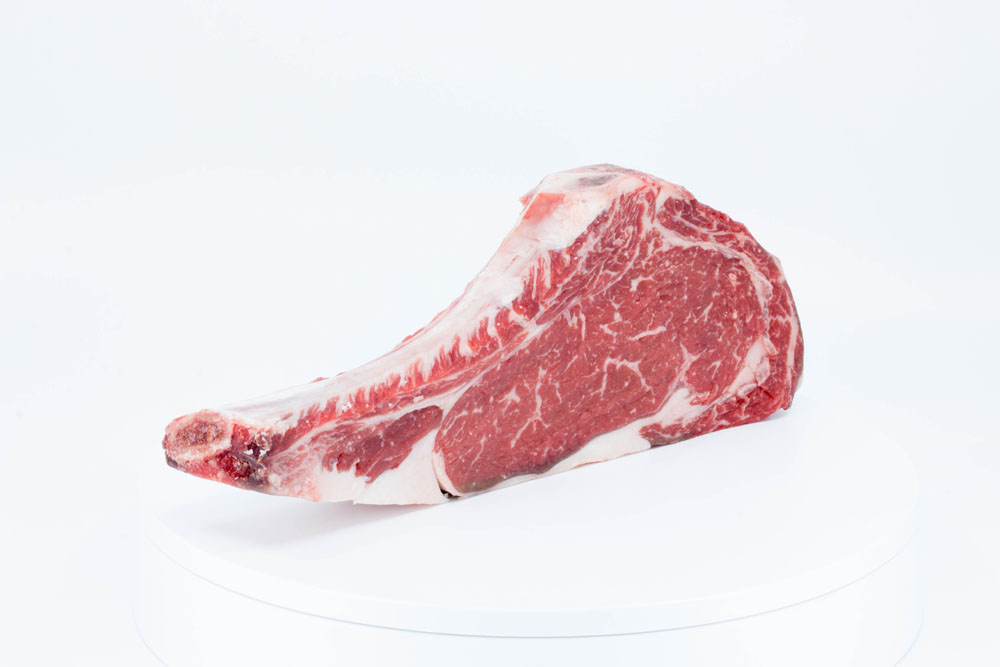
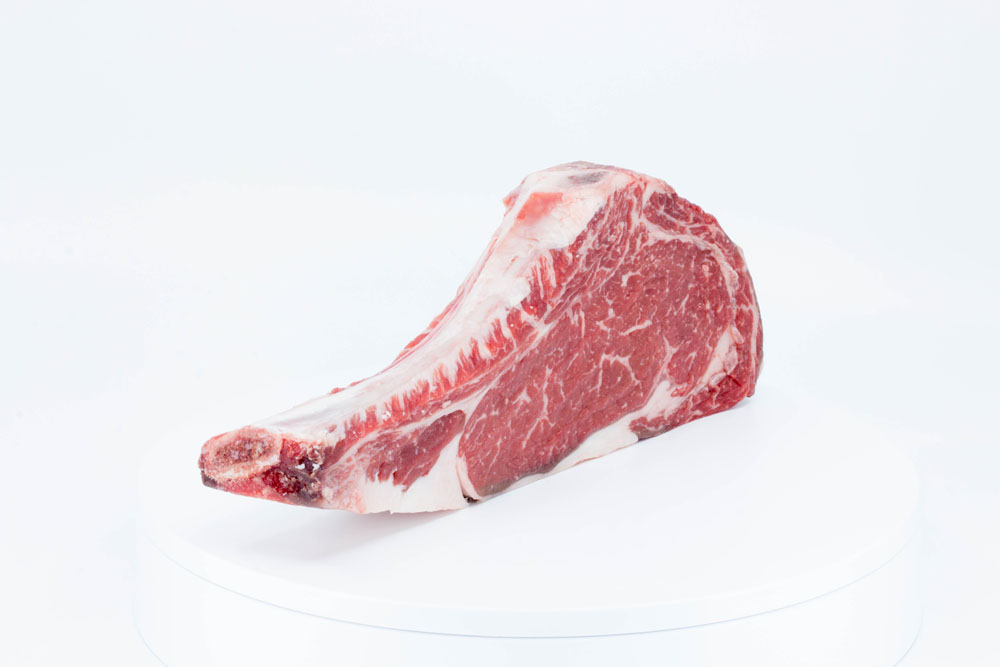
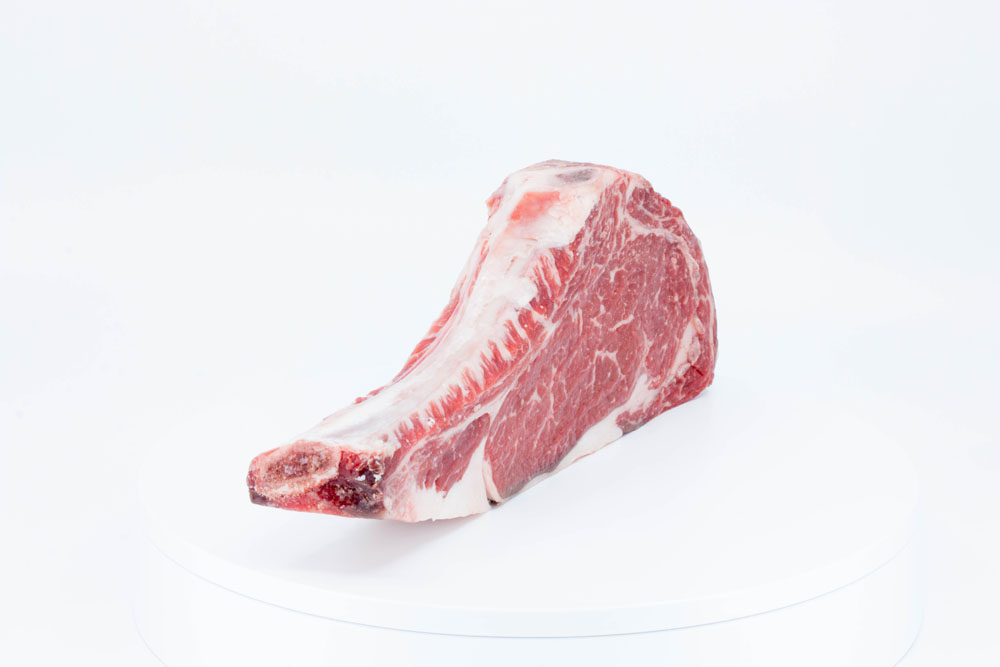
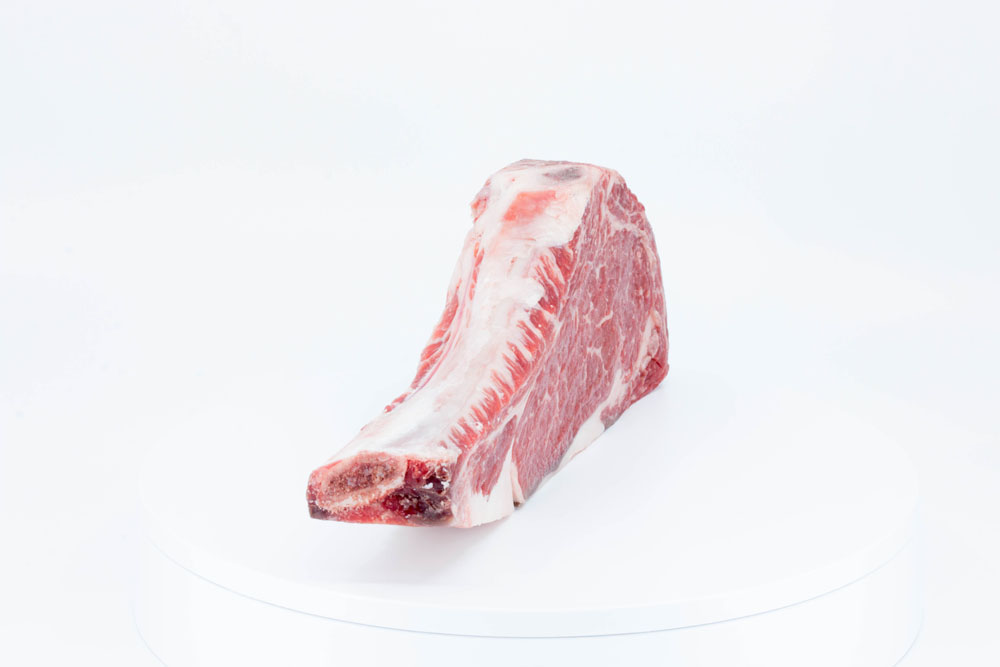
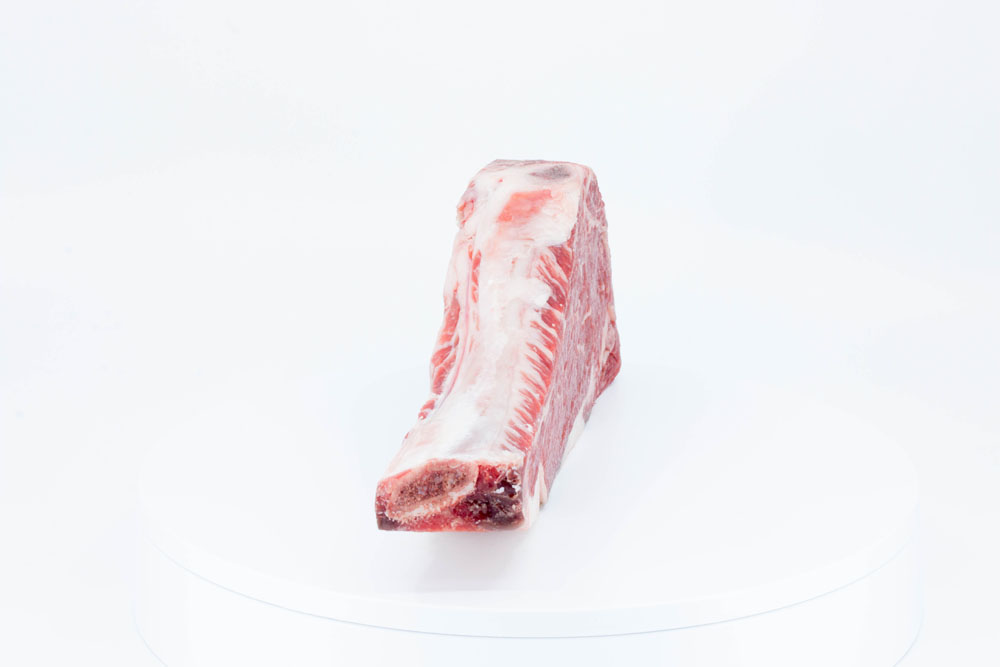
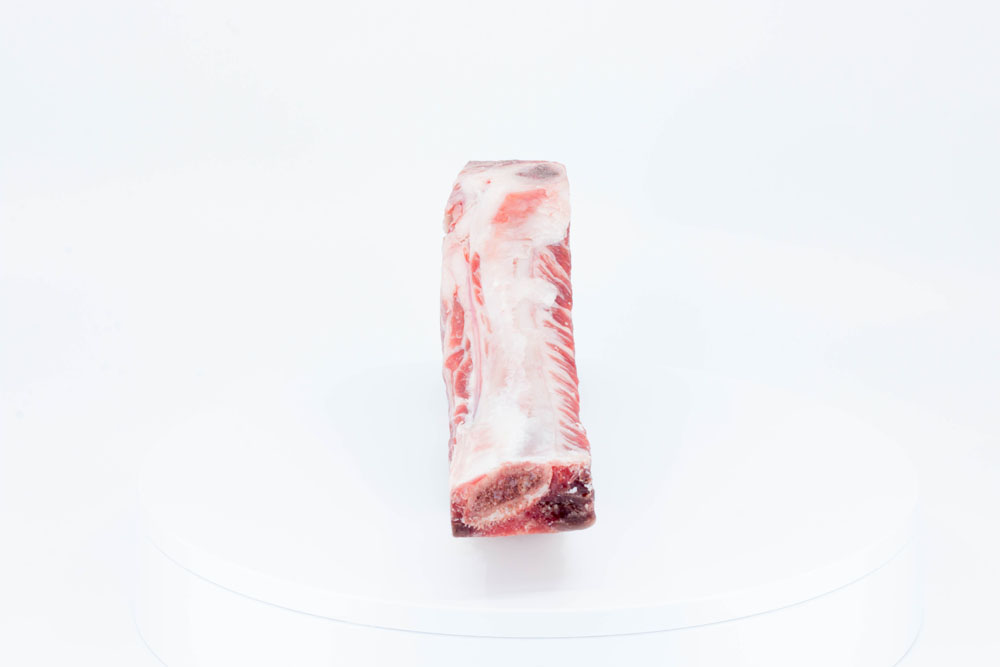
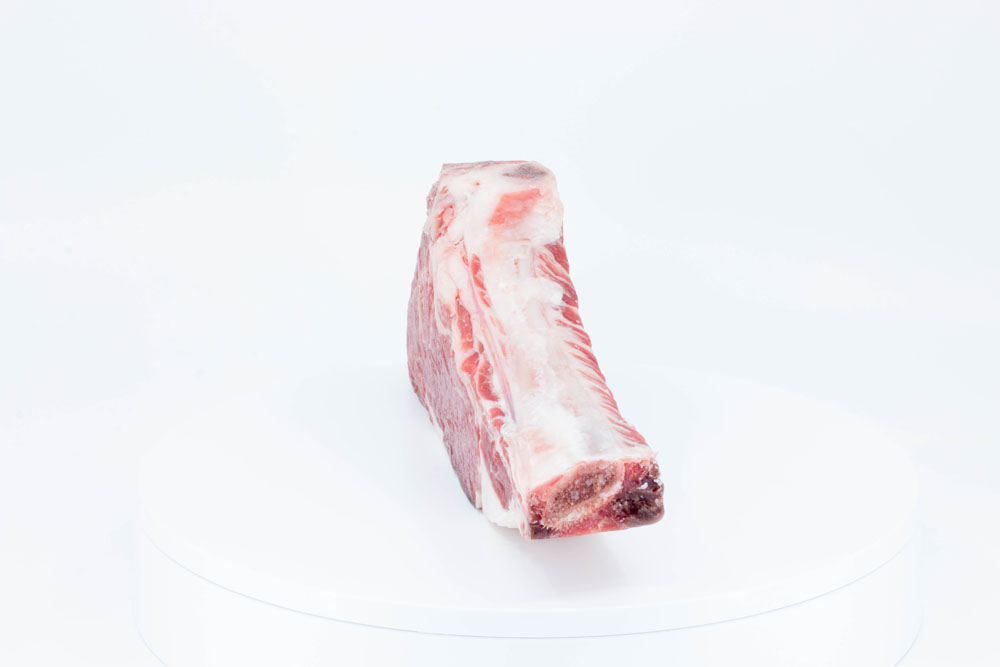
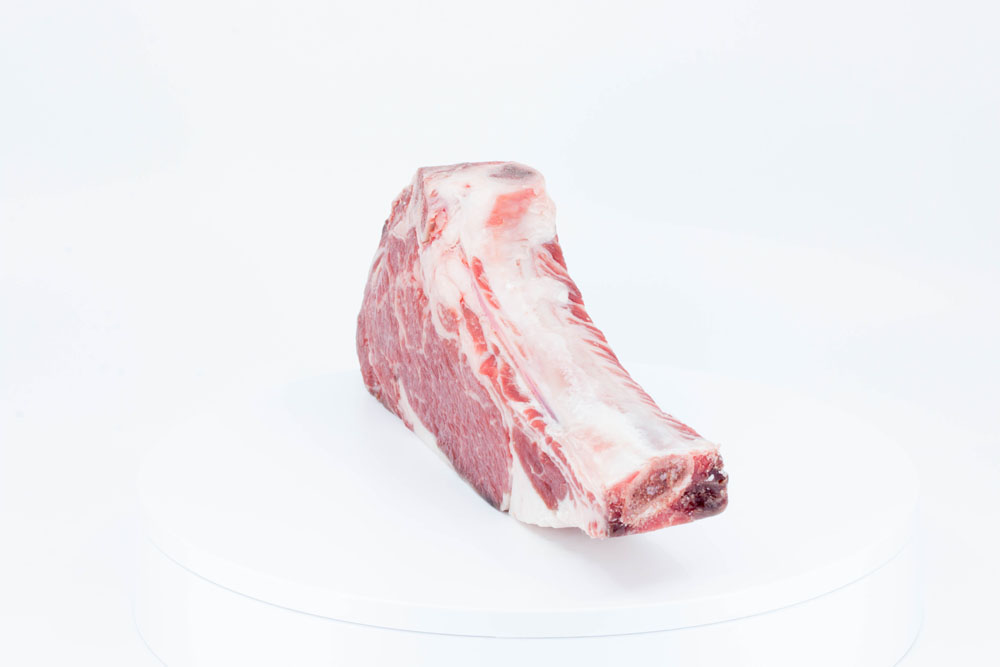
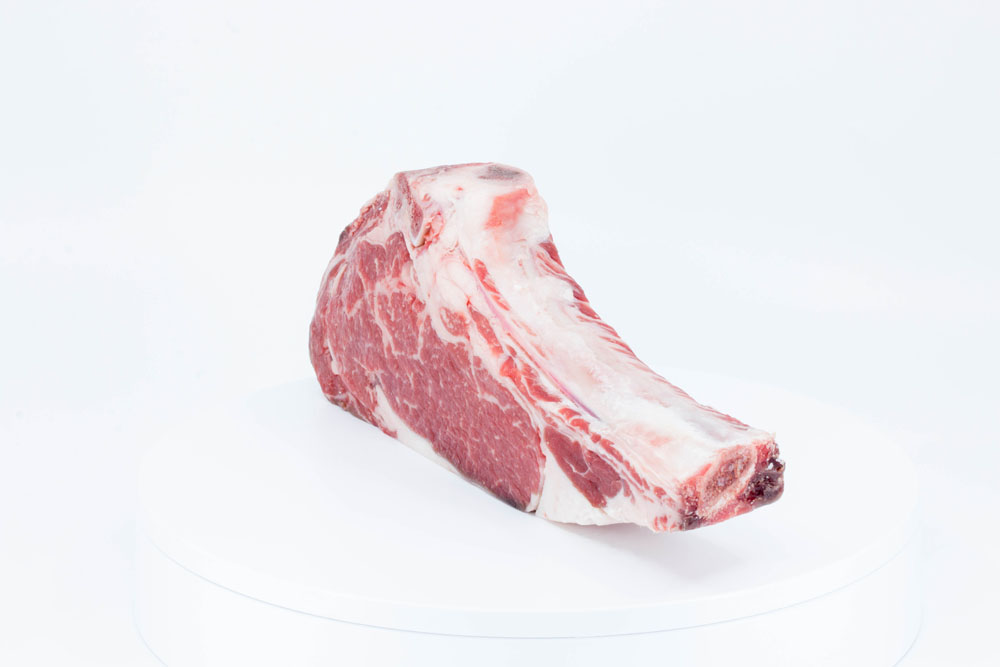
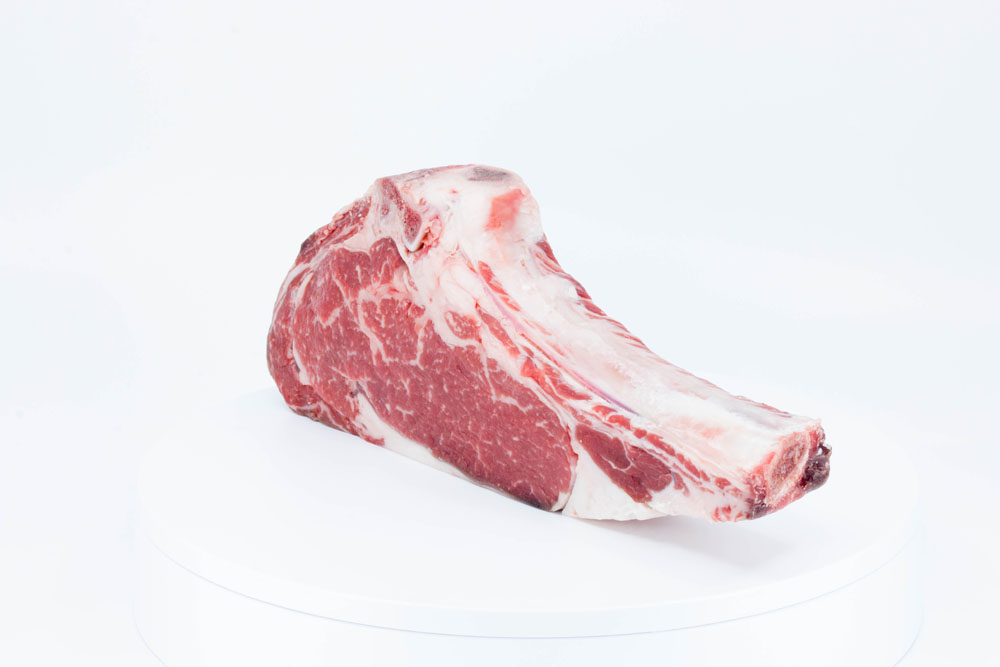
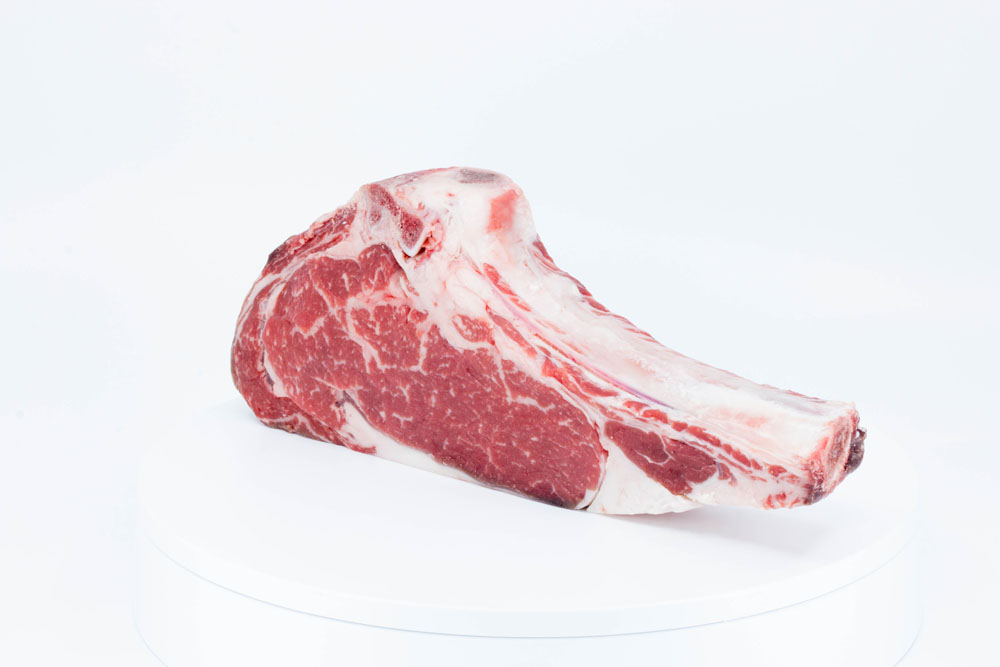
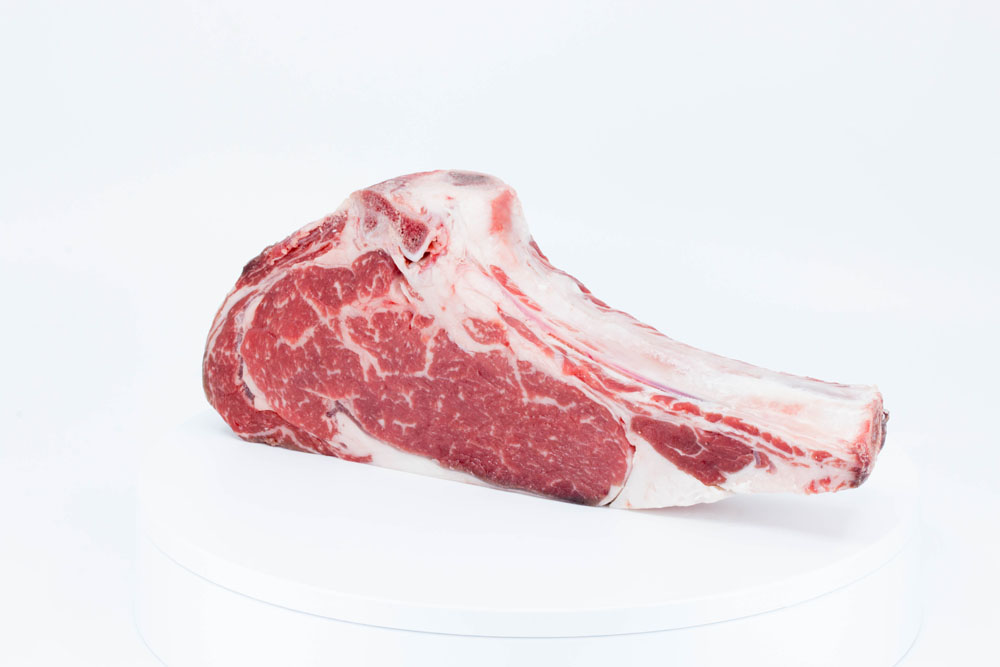
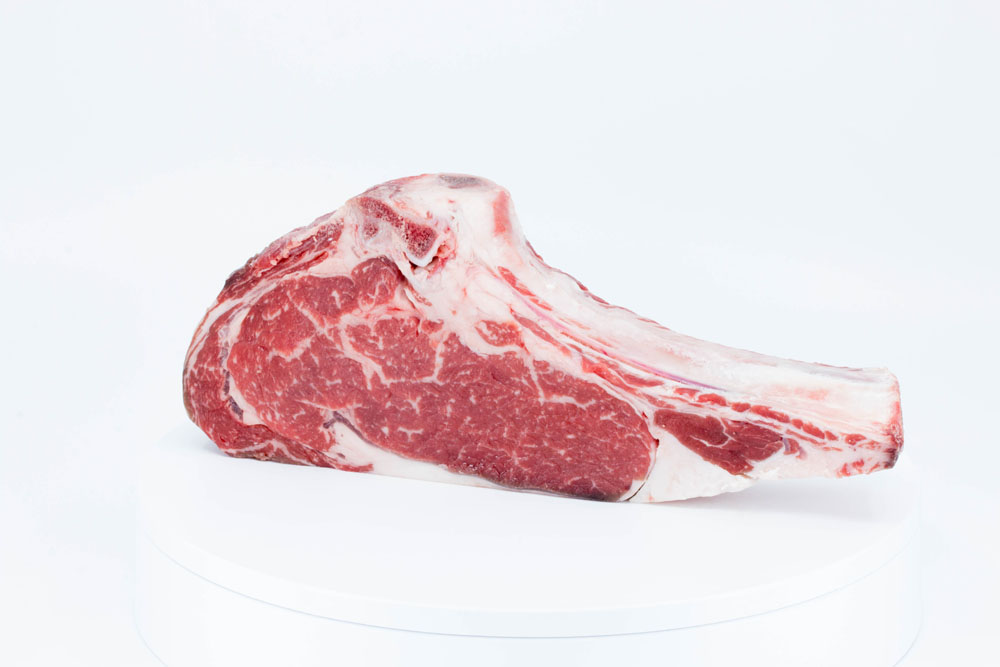
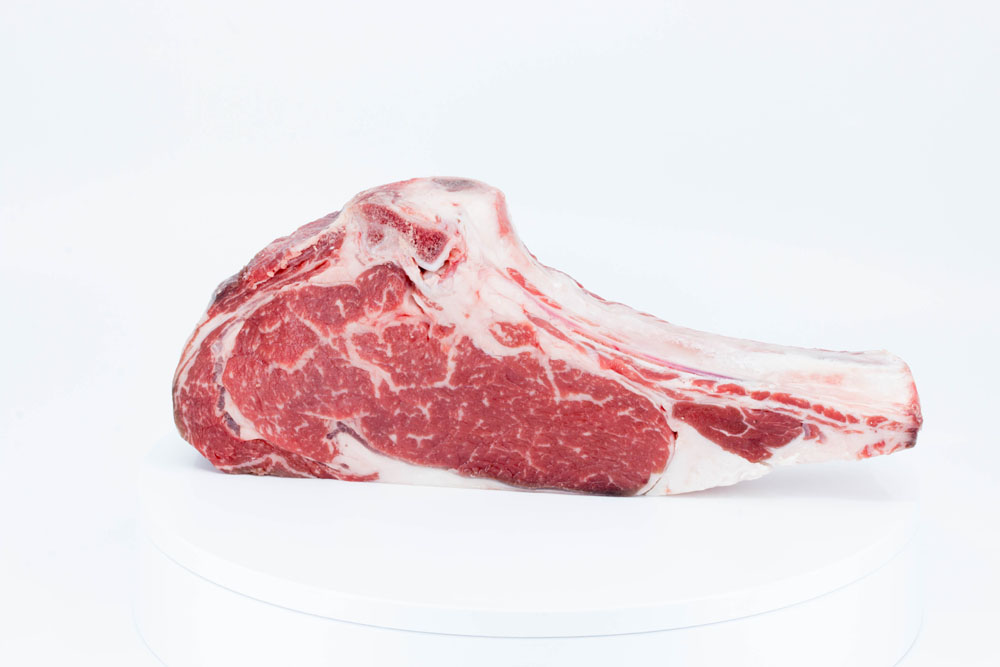
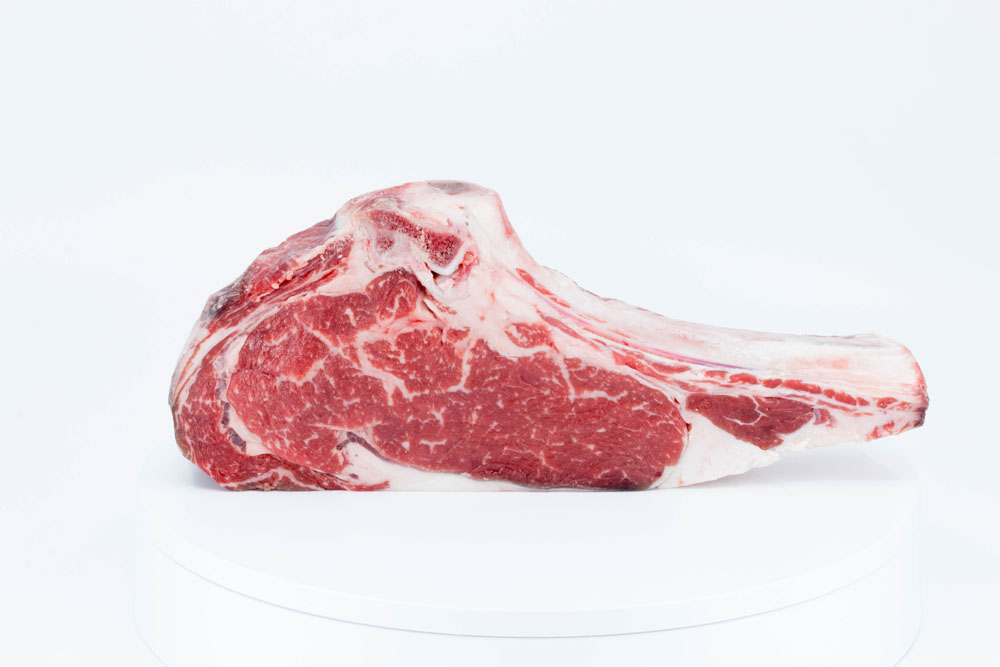
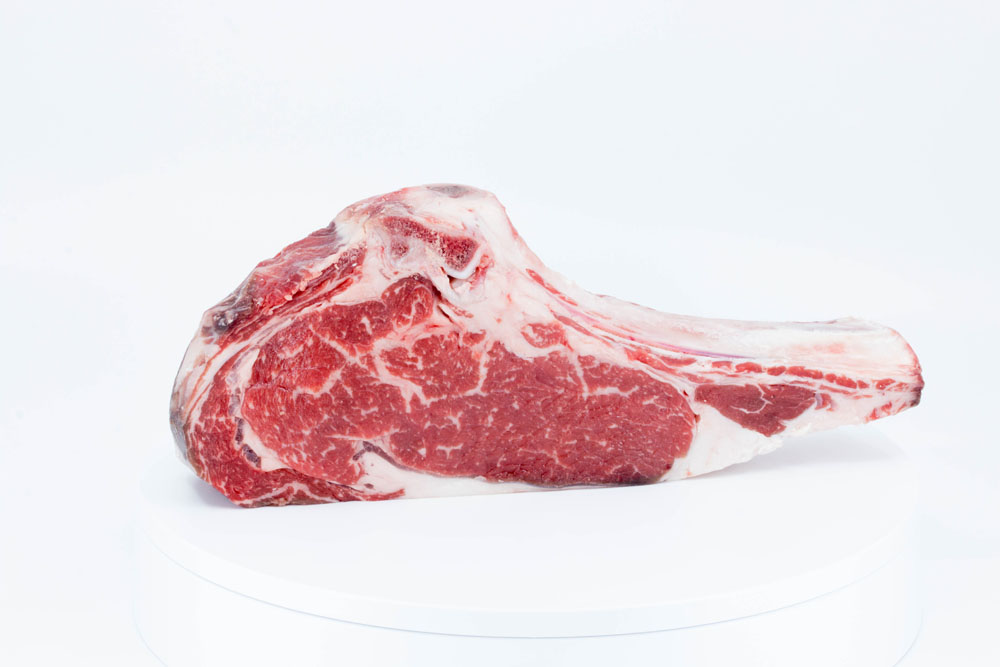
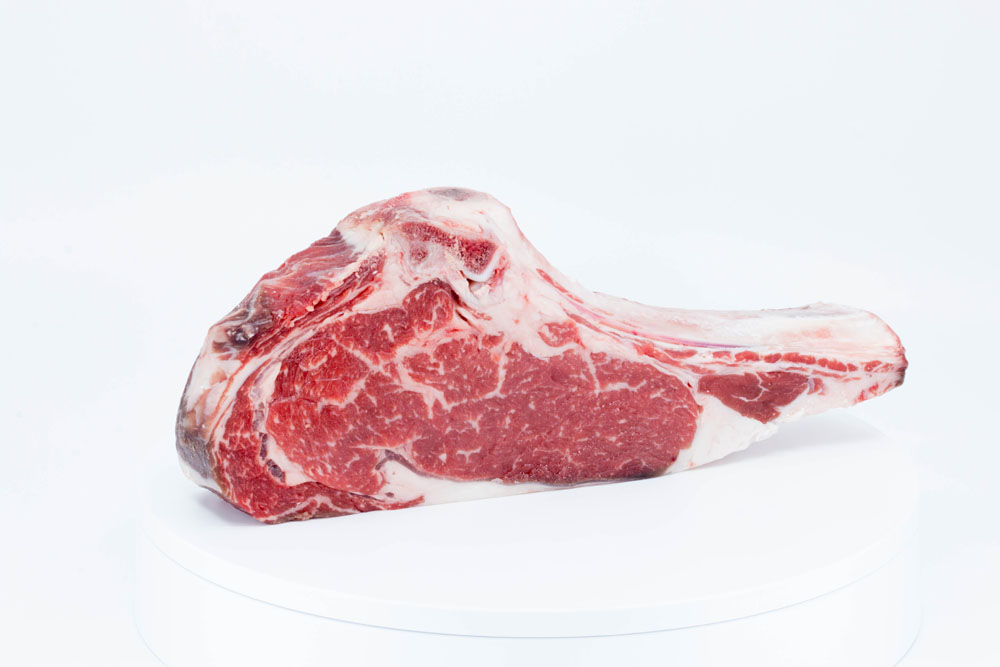

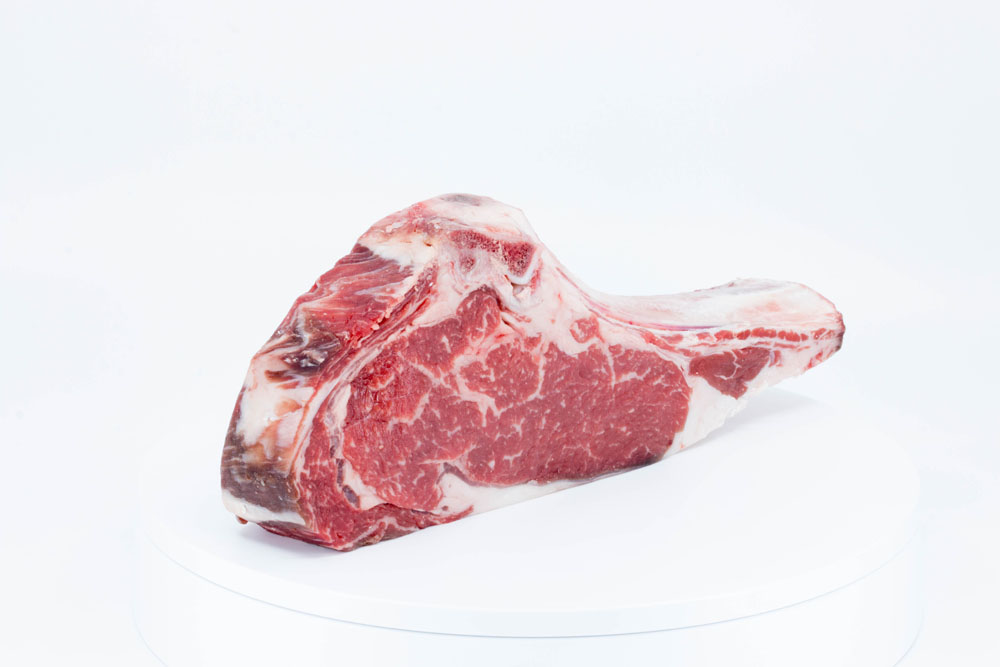
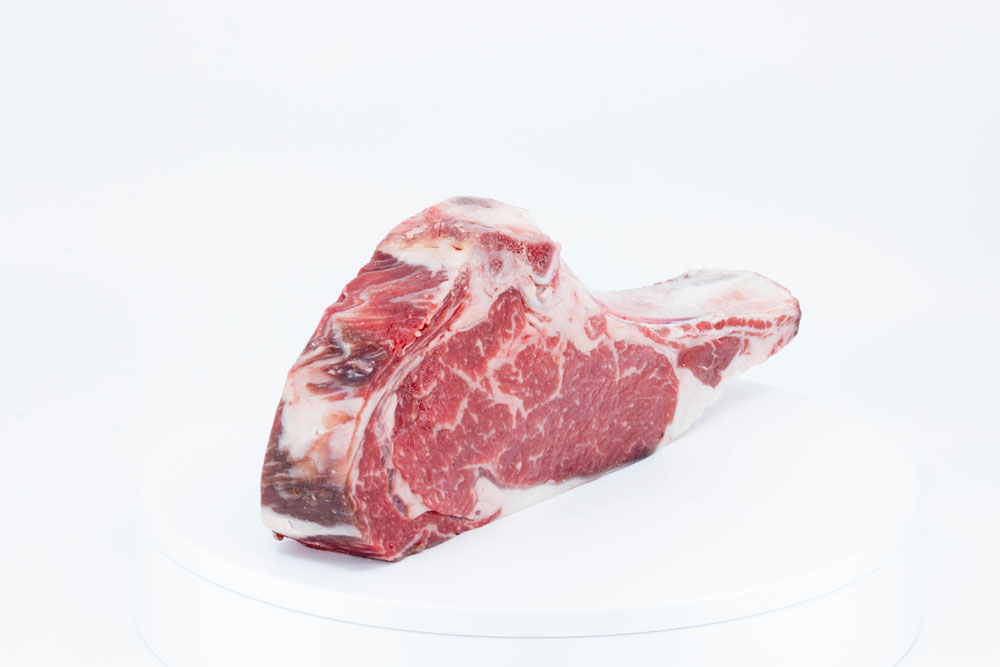
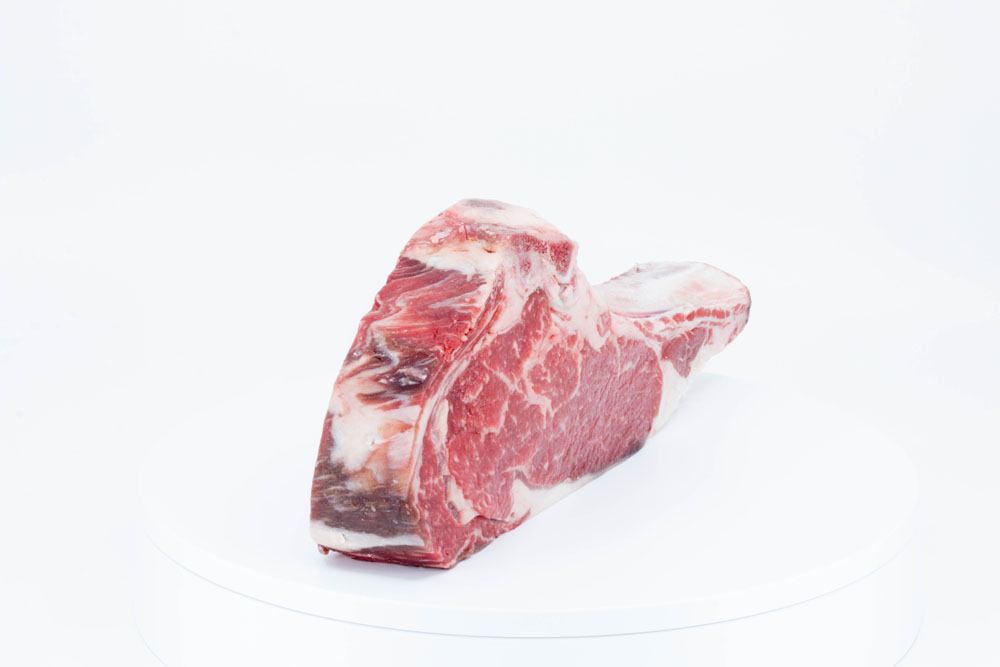
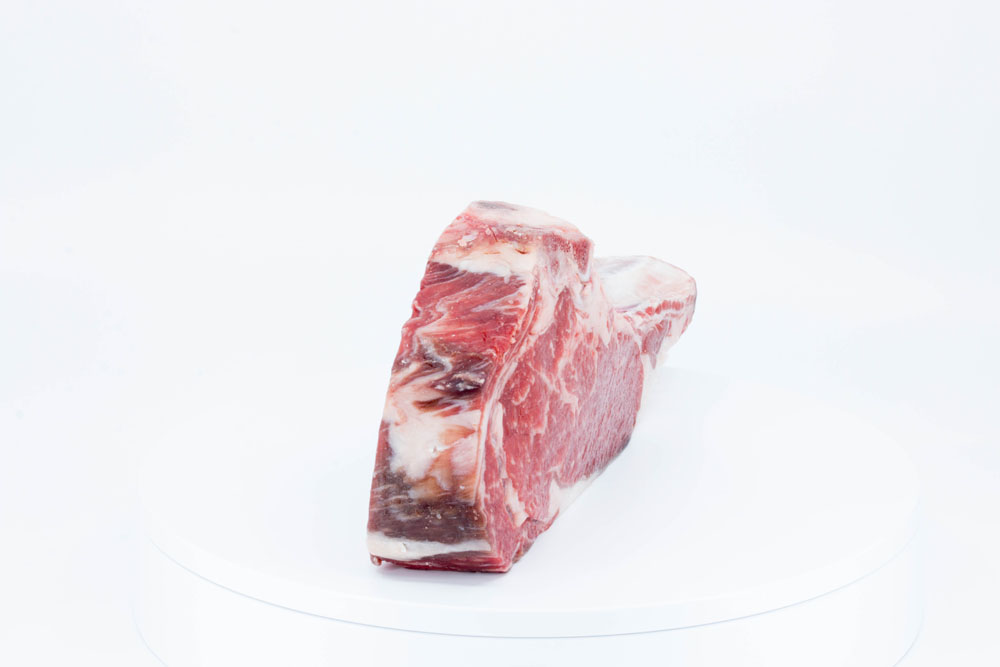
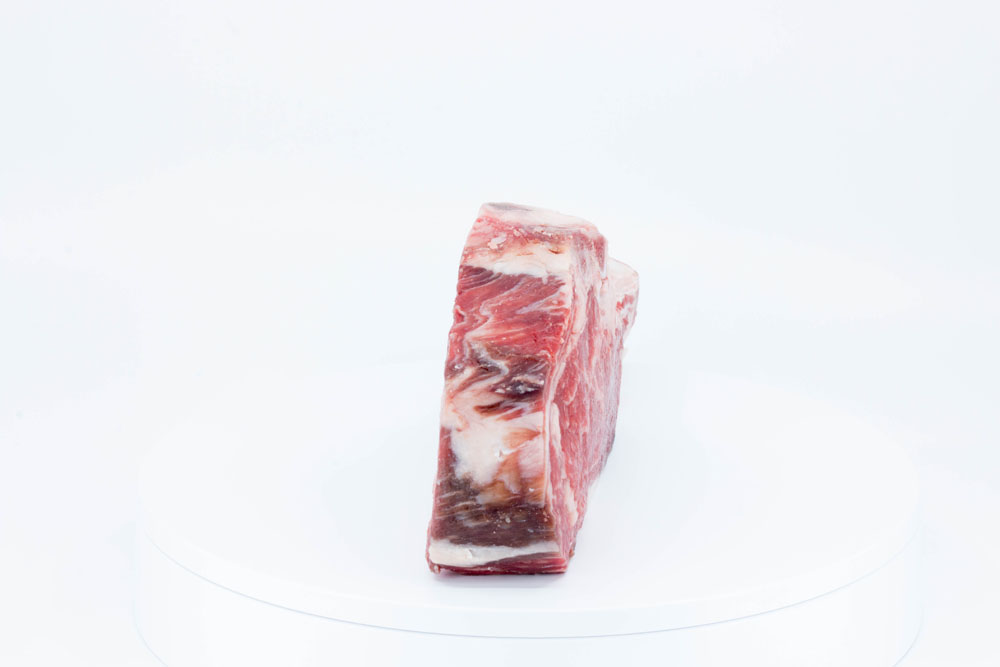
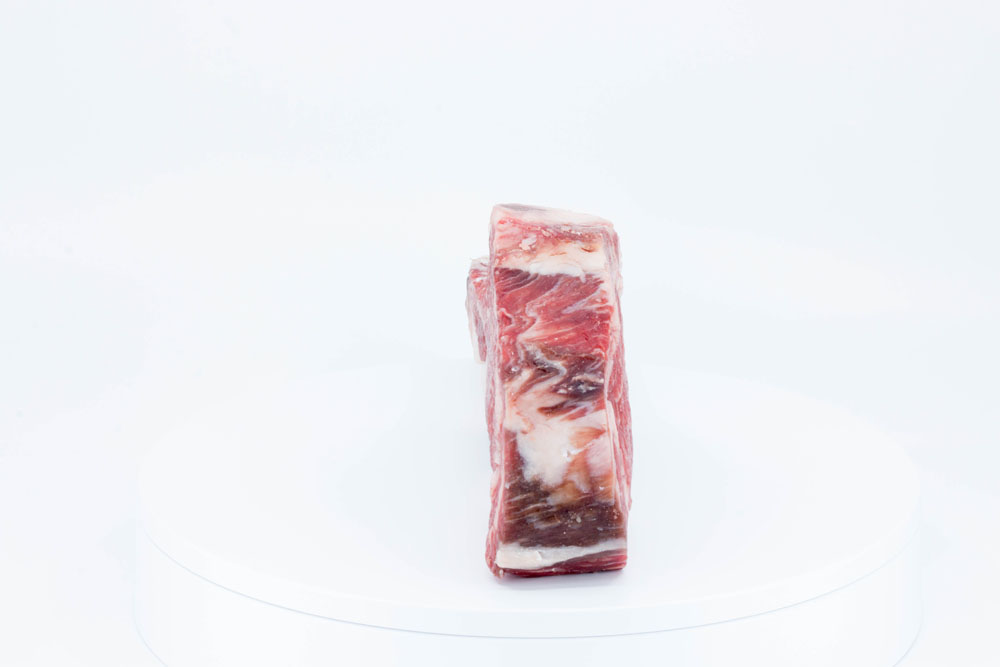
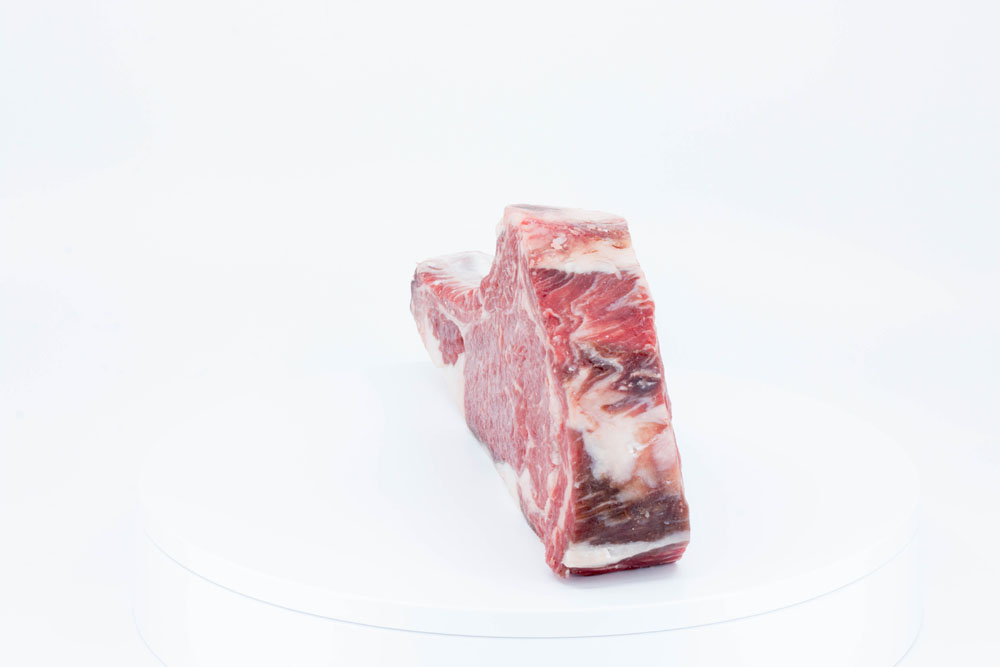
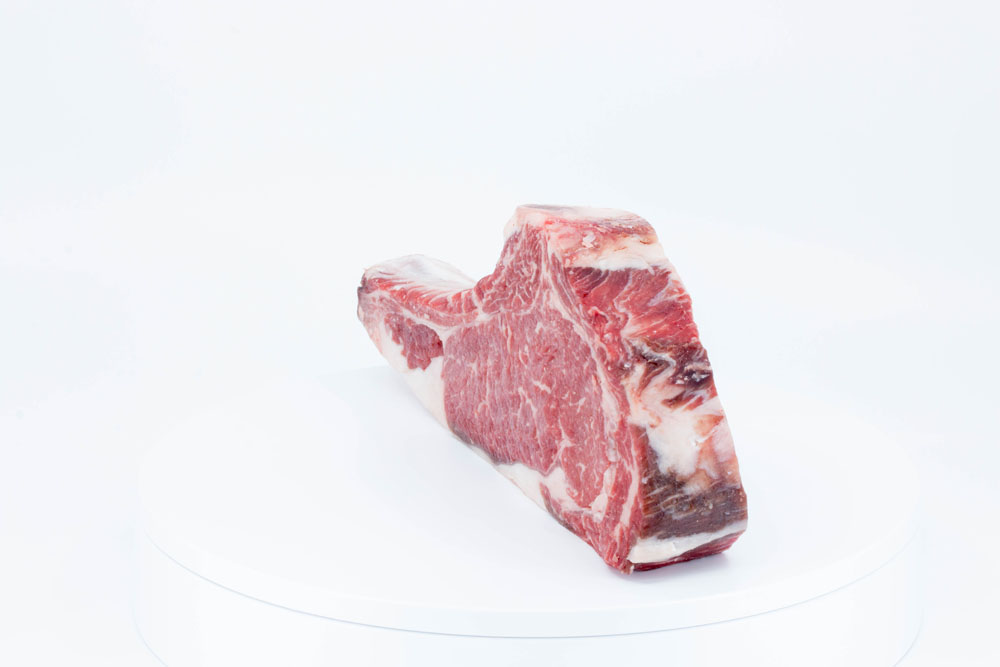
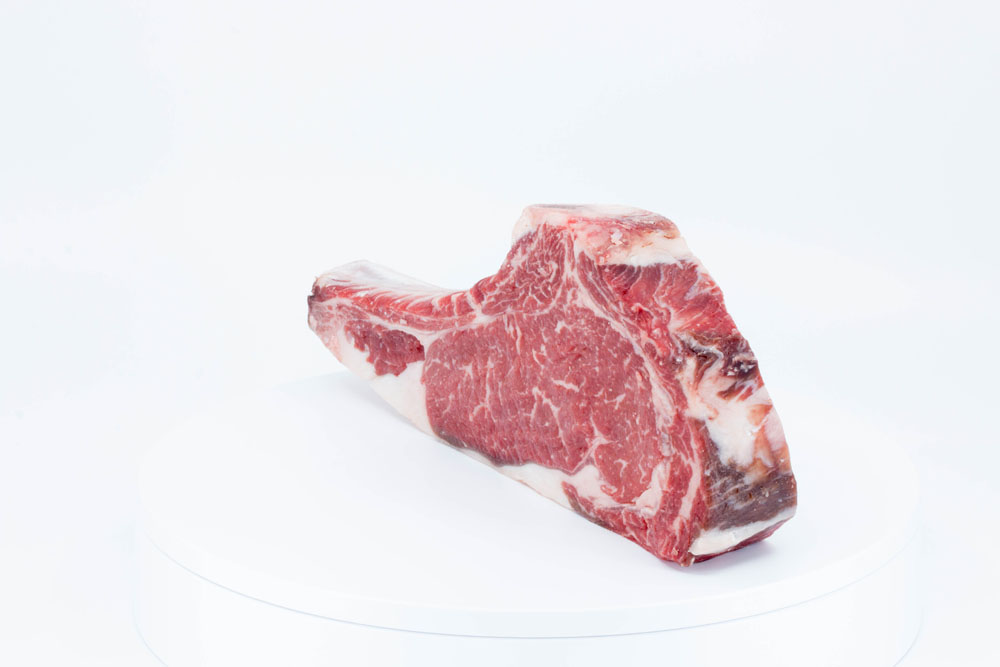
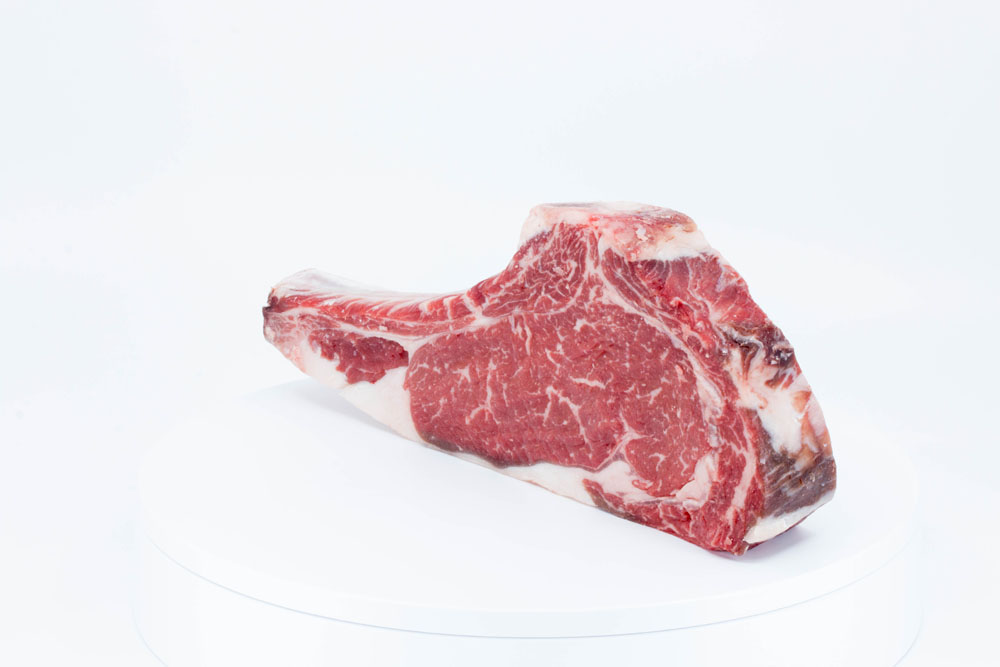
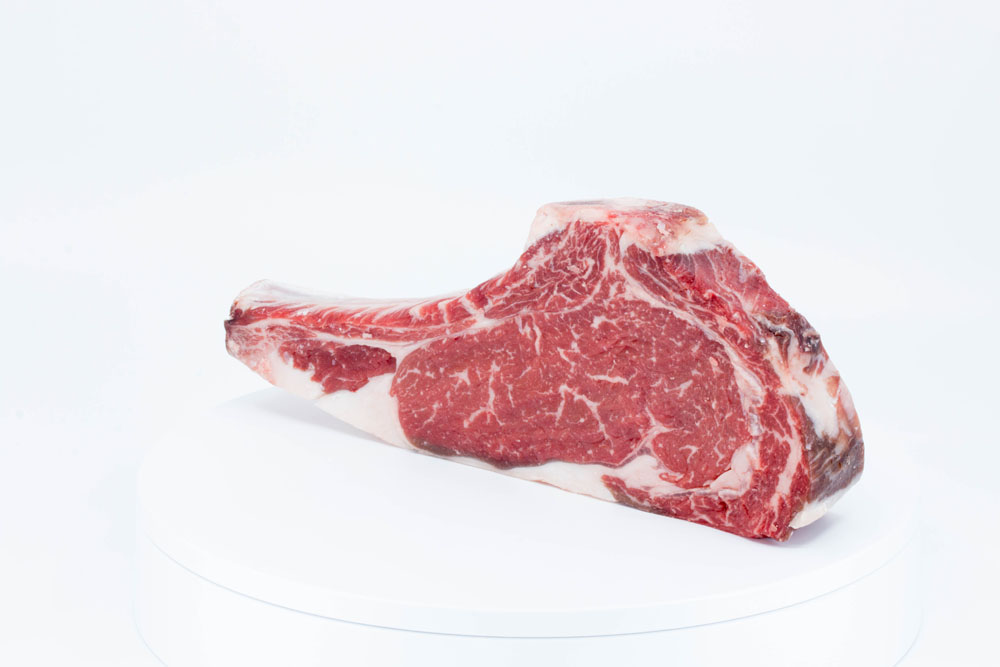
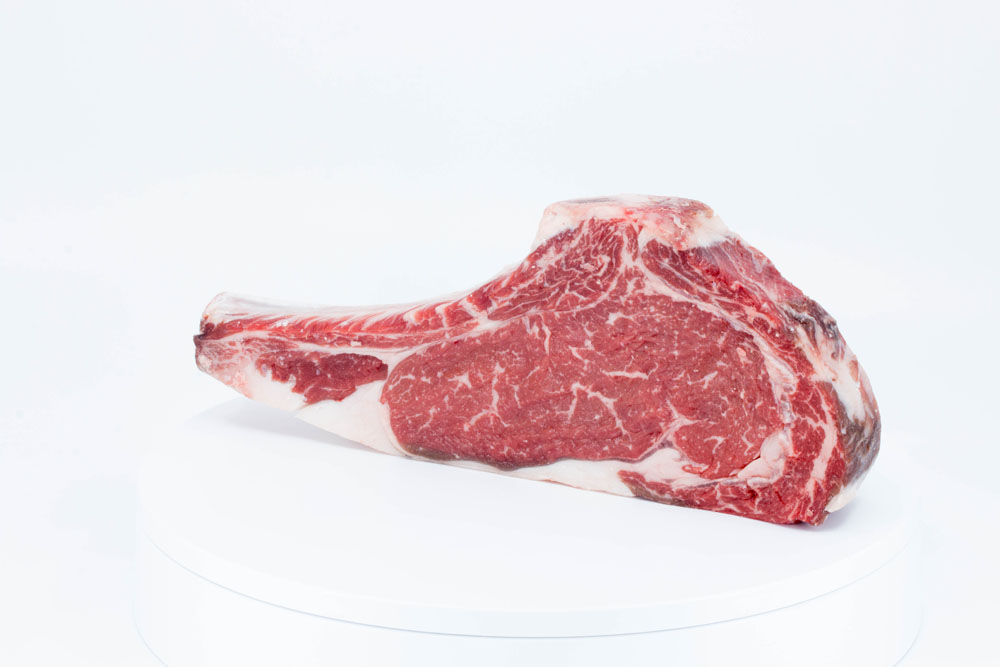
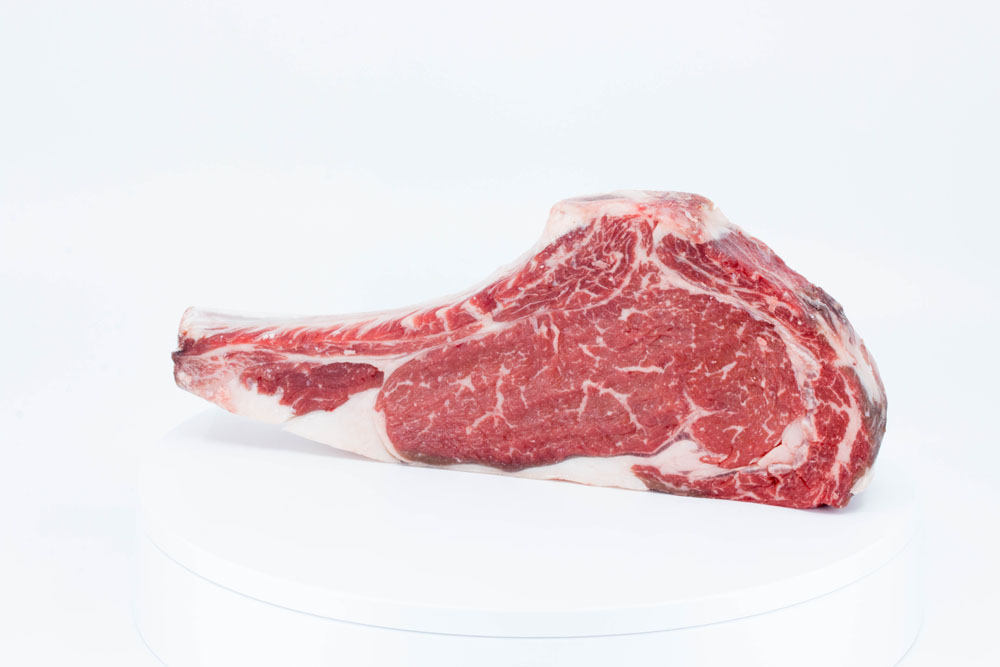
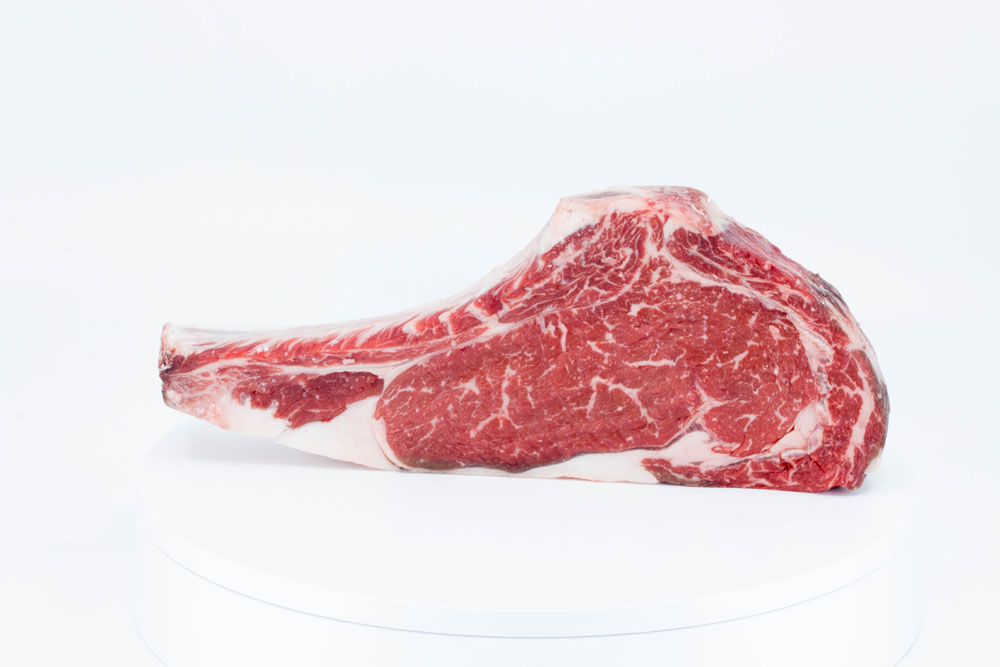
360 Degree View
| Code | Description | Size (oz) | Pc / Case |
|---|---|---|---|
| FLN31100 | Flannery Rib Stk 14 D | 16oz | 8 |
| FLN31101 | Flannery Rib Stk 14 D | 20oz | 8 |
| FLN31102 | Flannery Rib Stk 14 D | 24oz | 8 |
portion: 14 Day Dry Aged
portion: 28 Day Dry Aged
PRODUCT DESCRIPTION
Sizing: Approximate thicknesses are:
16 oz 1 ¼”
20 oz 1 ½ “
24 oz 2”.
Portion cut steaks will be trimmed of external age though there can be some traces of the darkening showing.
Holstein Breed: Sourced from USDA Prime Holstein cattle within California and Arizona, there a few small immediate differences between an Angus Ribsteak and a Holstein Ribsteak. One noticeable trait is that the Angus breed tends to have larger “kernel fat” in the rib than Holsteins will, though it varies from animal to animal. Additionally, Holstein Rib eyes will present with a slightly elongated shape; the eye of the primal will be more teardrop shaped than the oval shape common with Angus. They will also be a smaller overall diameter which greatly facilitates a thicker center of the plate portion with a lesser weight. A more important but somewhat subtle difference lies within the marbling structure itself. The Holstein will tend to present with finer but more widespread marbling which accounts for the consistent palate the beef delivers.
Age: We believe the 14day product is the most versatile and will appeal to the widest audience. Beef primals lose the highest percentage by volume of moisture during the first two weeks of the dry aging process. As the aging process continues, the amount of moisture loss continues, but at a much slower pace. At this age level, the dry aged flavor is noticeable, and is a great entry point for diners who have never experienced dry aged beef, as well as enjoyable for those who have.
PACKAGING & SHELF LIFE
Shelf Life: 5-7 Days in original packaging
Packaging: The bone in Ribsteaks will arrive individually vacuum packaged and are packed 8 per Flannery Beef custom carton. This will greatly add to the shelf life as likelihood of package failure in transit is diminished. We are comfortable with up to 7 days although we recommend keeping closer to 5 days. The steaks can go longer under ideal circumstances, but that would require inspecting each package to be sure they are still extremely tight. This is especially important with bone in steaks as there will be a higher fail rate than with boneless steaks. We would rather you freeze rather than risk losing; dry aged steaks by nature of the process involved in aging are impervious to any detrimental effects of freezing.

